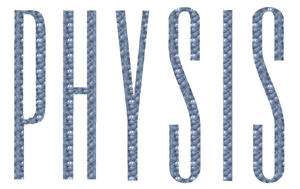Abstract
The definitive establishment of Aedes aegypti in the Americas is associated with environmental changes, disorganized urbanization, lack of water and basic sanitation and population displacement, thus defining the trajectory of the disease. The aim of this study was to analyze the spatial distribution of the dengue suspected cases and understand its correlation with the socioeconomic indicators in the city of São Carlos (SP). This is an ecological study, carried out at the São Carlos (SP). Secondary data from the Information System on Notifiable Diseases in the period from 2016 to 2017 and from the Brazilian Institute of Geography and Statistics of the 2010 Demographic Census were used. The data were analyzed using Principal Component Analysis (ACP) by the software Statistica 12.0 and the thematic maps were generated by the software Arcgis version 10.5. The results showed high rates of suspected dengue cases in areas with adequate social conditions and reduced rates in areas with worst social condition. It was concluded that the outline of suspected dengue cases in the population of São Carlos (SP) is not related to low socioeconomic indicators, once the population dynamics and mobility related to the high flow of university students can influence the pattern of spatial distribution of the disease.
Keywords:
Dengue virus; Social indicators; Economic indicators; Spatial analysis

 Thumbnail
Thumbnail
